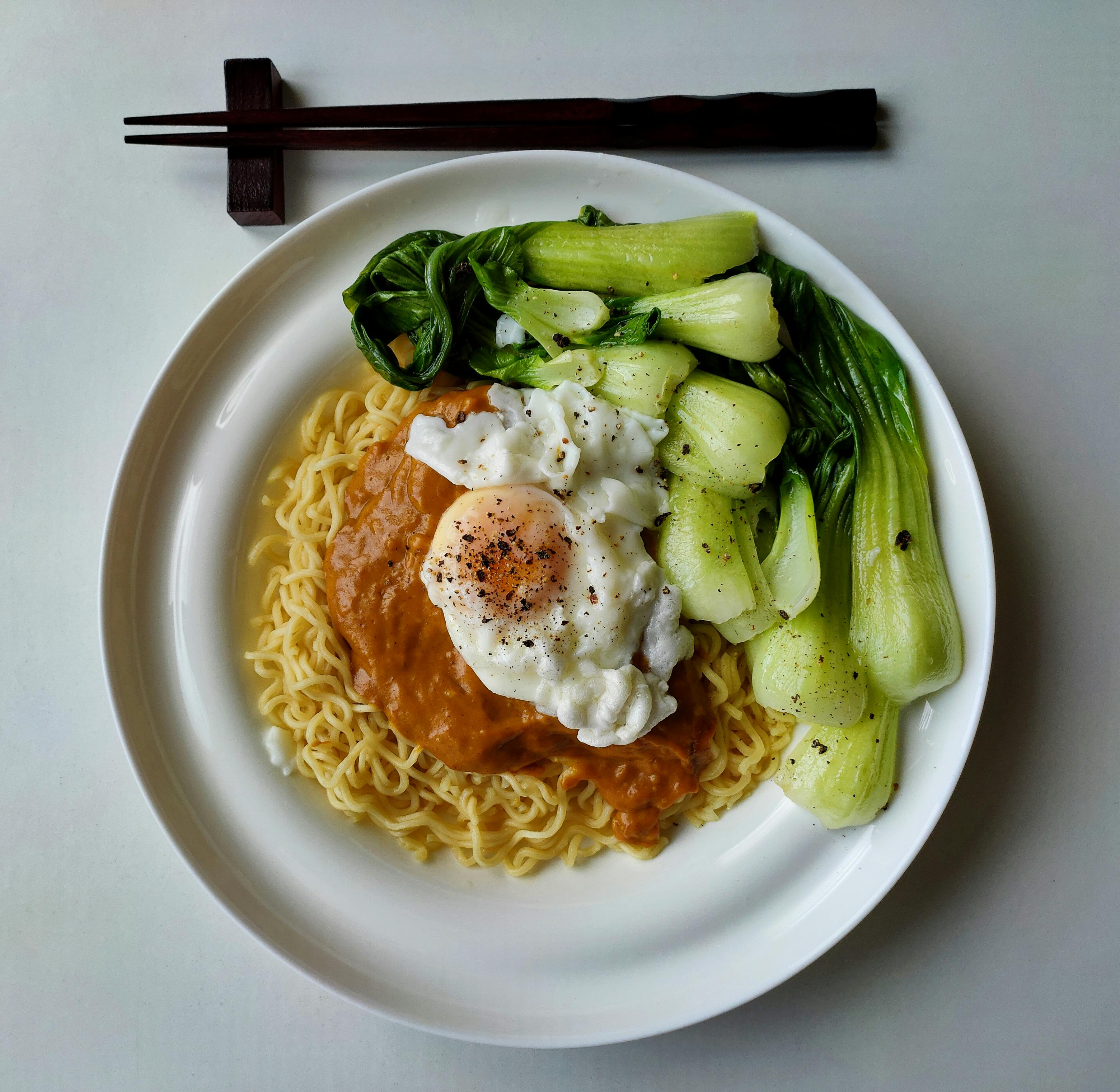Built-in kitchen cabinets are a relatively new element in the kitchen. Cabinets were never a part of kitchen construction in centuries past. Most of the time they were free-standing structures like china cabinets or cake racks that could be moved from one place to another.
During the 20th century, cabinets became an integral part of the kitchen. Kitchen cabinets were no longer an afterthought or an afterthought. The introduction of small kitchen appliances made kitchen cabinets a necessity in the home.
Cabinets emerged as a primary feature of the contemporary home. They were often handcrafted from solid woods. Various types of joinery became an informal trademark for cabinetry. Such fine details once pinpointed where a set of cabinets came from. It seemed that cabinetmakers in almost every region of the United States had their own style and decorative elements.
With the passage of time, the creation “by hand” of cabinets began to decline. Companies began mass-producing cabinets in mass quantities with cheaper materials and cheap labor. There came a division in the field of cabinetry that separated quality cabinetry from substandard products.
The division exists today with kitchen cabinetmakers using particle board or MDF. These cheap materials are often covered in thin veneers that won’t hold up to sanding or any other repair work. These products are cheaper than solid wood cabinets, but the owner be warned that you get what you pay for.
Lower quality cabinets may seem like the best deal. Many of these cabinet systems appear durable and solid. The two main forces that ruin poorly made cabinets are general use and the environment. Moisture, temperature changes, and excessive weight bend or bow cabinets over time. Wood cabinets are durable and long lasting against these threats. There are also the visual benefits of wood cabinets. Many types of solid wood cabinets will change slightly over time as the wood ages.
Cherry cabinets will subtly darken over time. Maple cabinets are known for their beautiful and unique graining. Oak is a sturdy wood that has pronounced grain, and oak cabinets may even contain what’s called a “pin knot.” Birch has been labeled a “contemporary” wood and accepts paints and stains well. Alderwood is like cherry when dyed. This is a medium hard wood that has a close grain. Rubberwood is also known as plantation hardwood. The grain is straight, but this type of wood is also known to have unusual markings that create visual interest.
The known disadvantages of solid wood cabinets have been addressed for years. Many solid wood kitchen cabinet manufacturers have produced designs that are virtually waterproof. Engineering wood kitchen cabinets today goes through a variety of processes.
Some of the common treatments include ultraviolet inhibitors to protect against sun damage, heat catalyzed finishes, hand painted and rubbed stains. The thick sealers and finishes used today are much stronger and more durable than those of the past.
You are sure to install a durable and elegant feature when you choose solid wood cabinets. Your kitchen cabinets will retain their beauty through the years. Solid wood cabinets are an investment that will provide you with valuable returns as long as you own your home.



